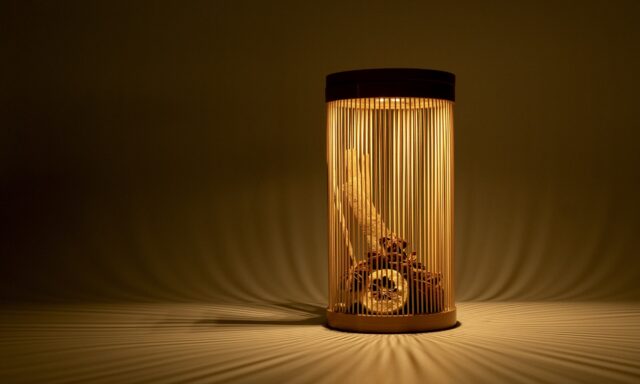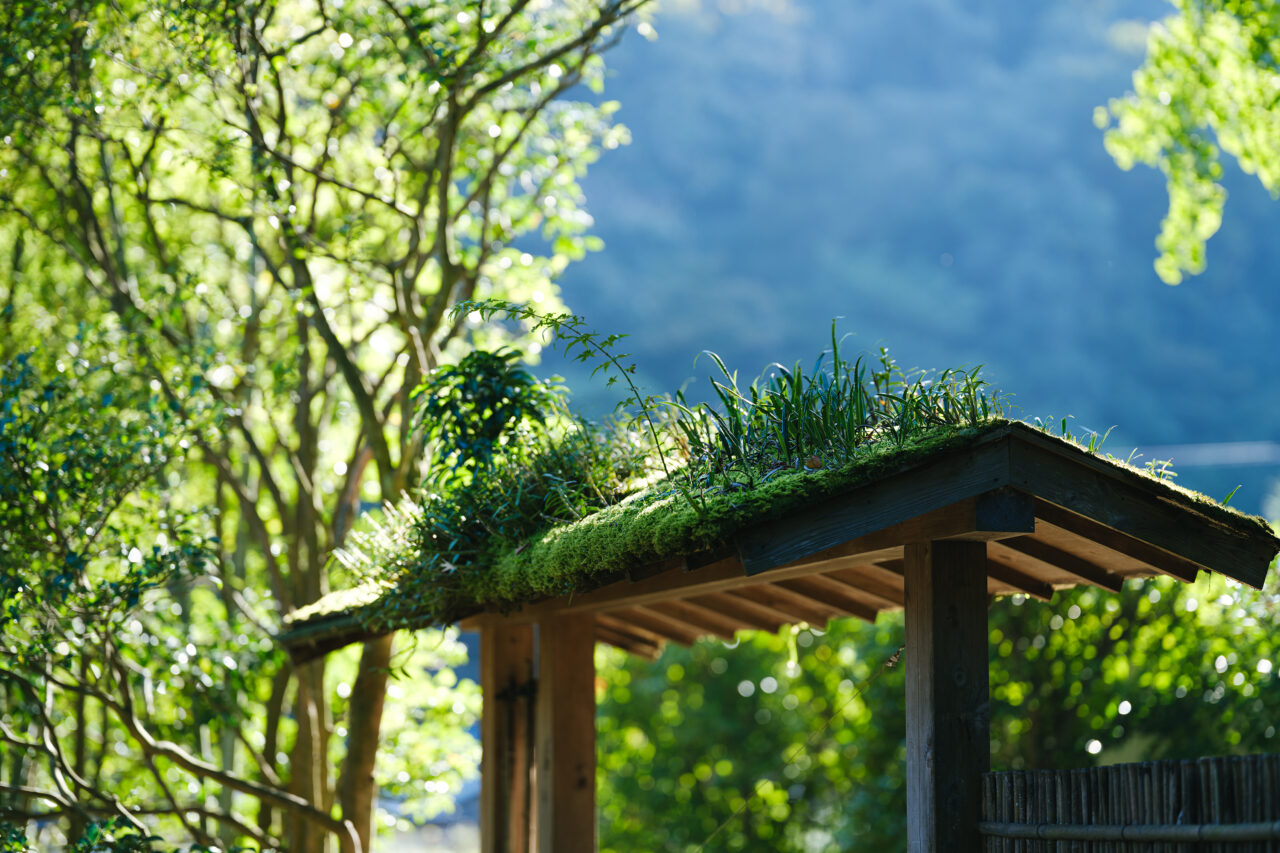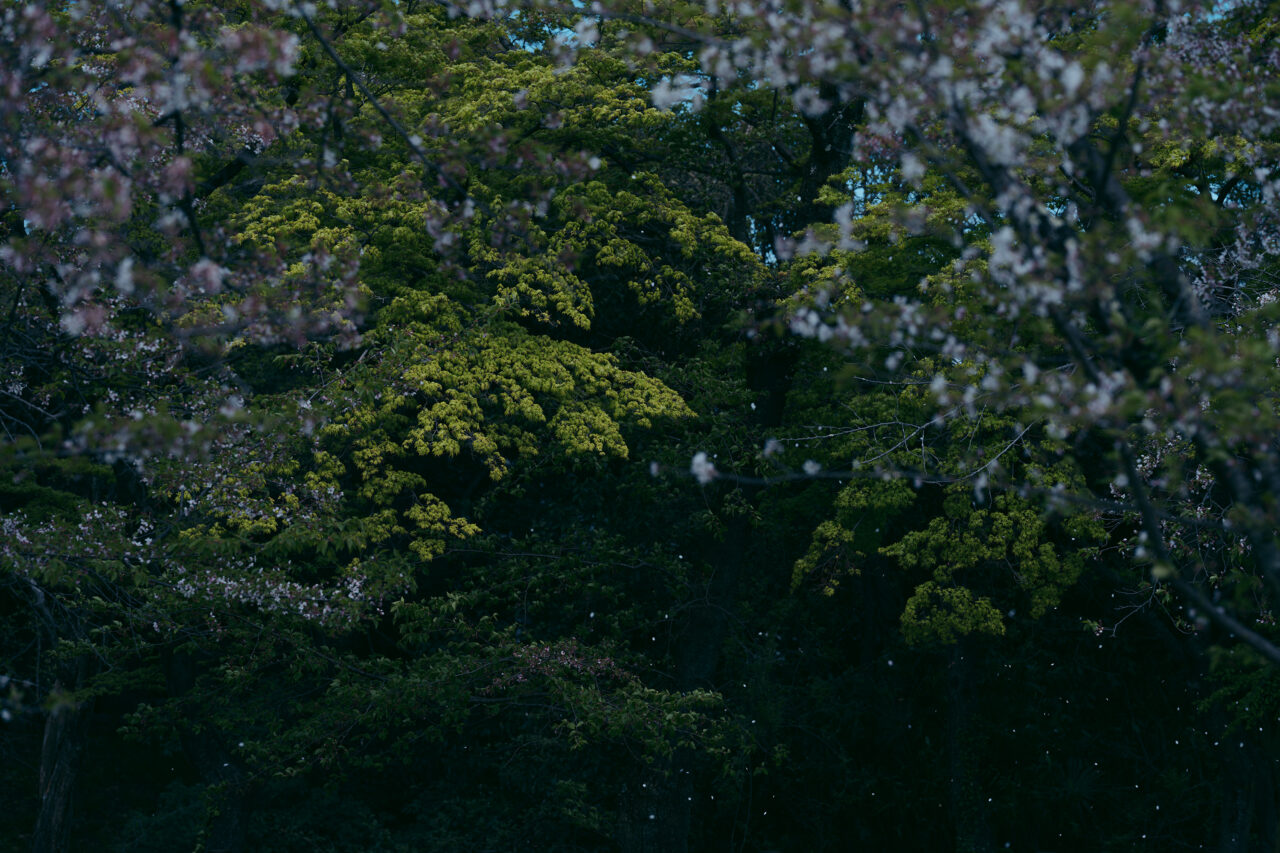Newly Launched “Yakiiro” Chopstick Rest by MIYAMA
New Products VOL.19
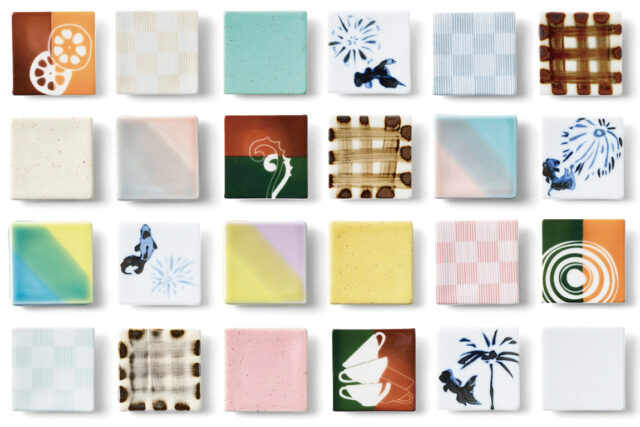

VOL.1-19
Update

VOL.1-27
Update
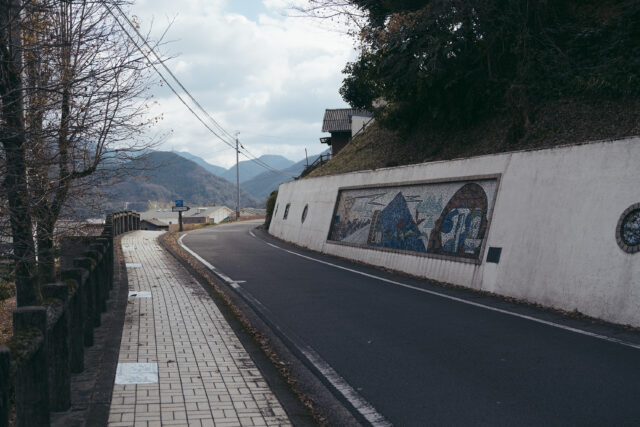
VOL.1-4
Update
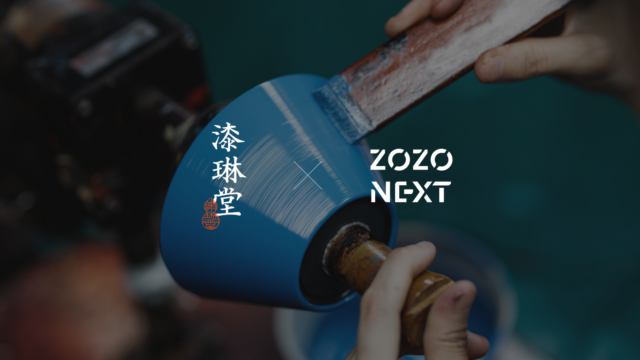
VOL.1-19
Update
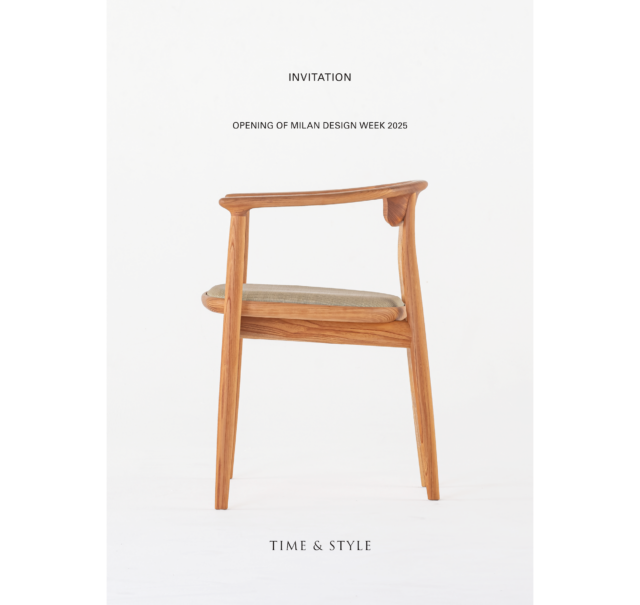
VOL.1-43
Update
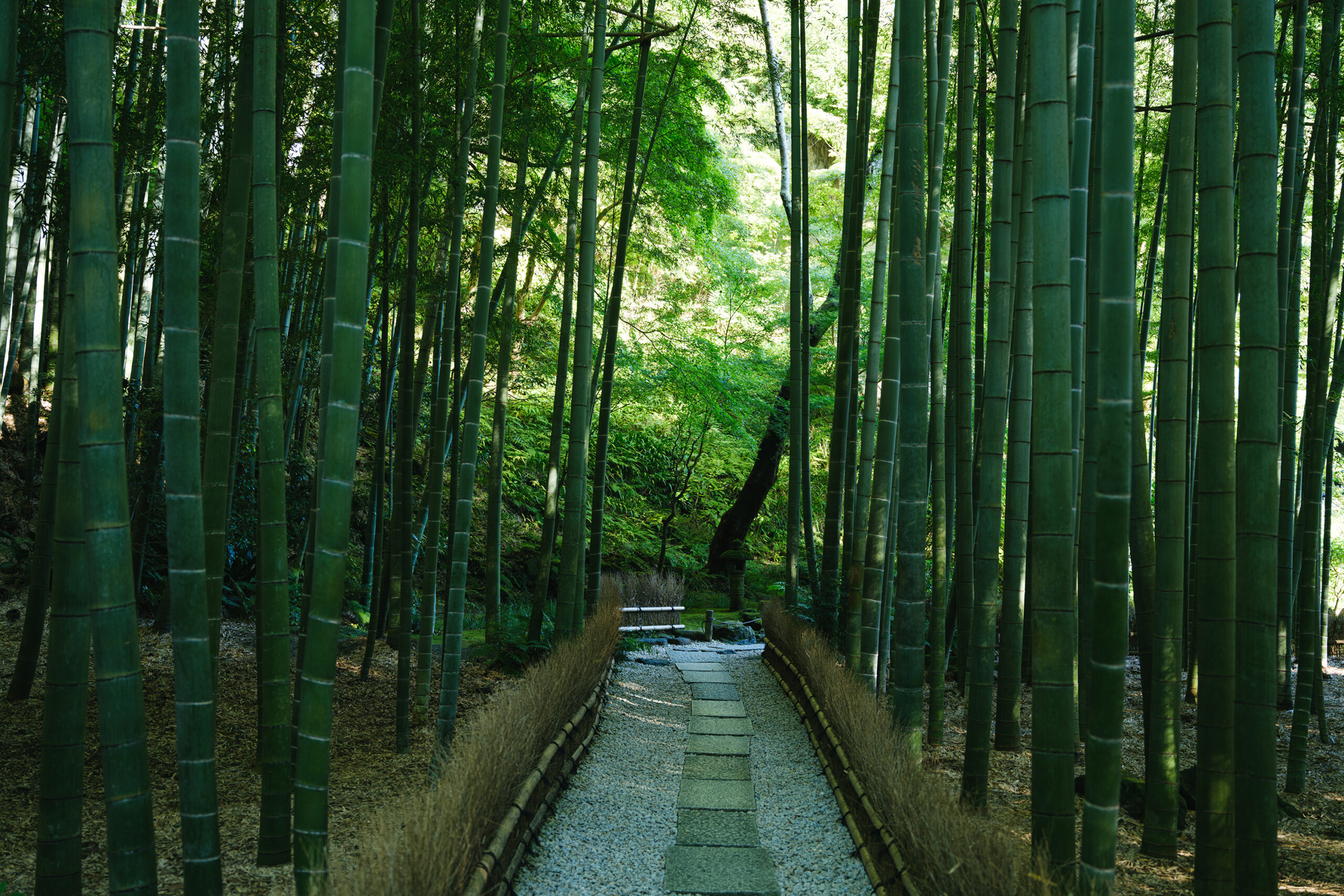
VOL.1-2
Update
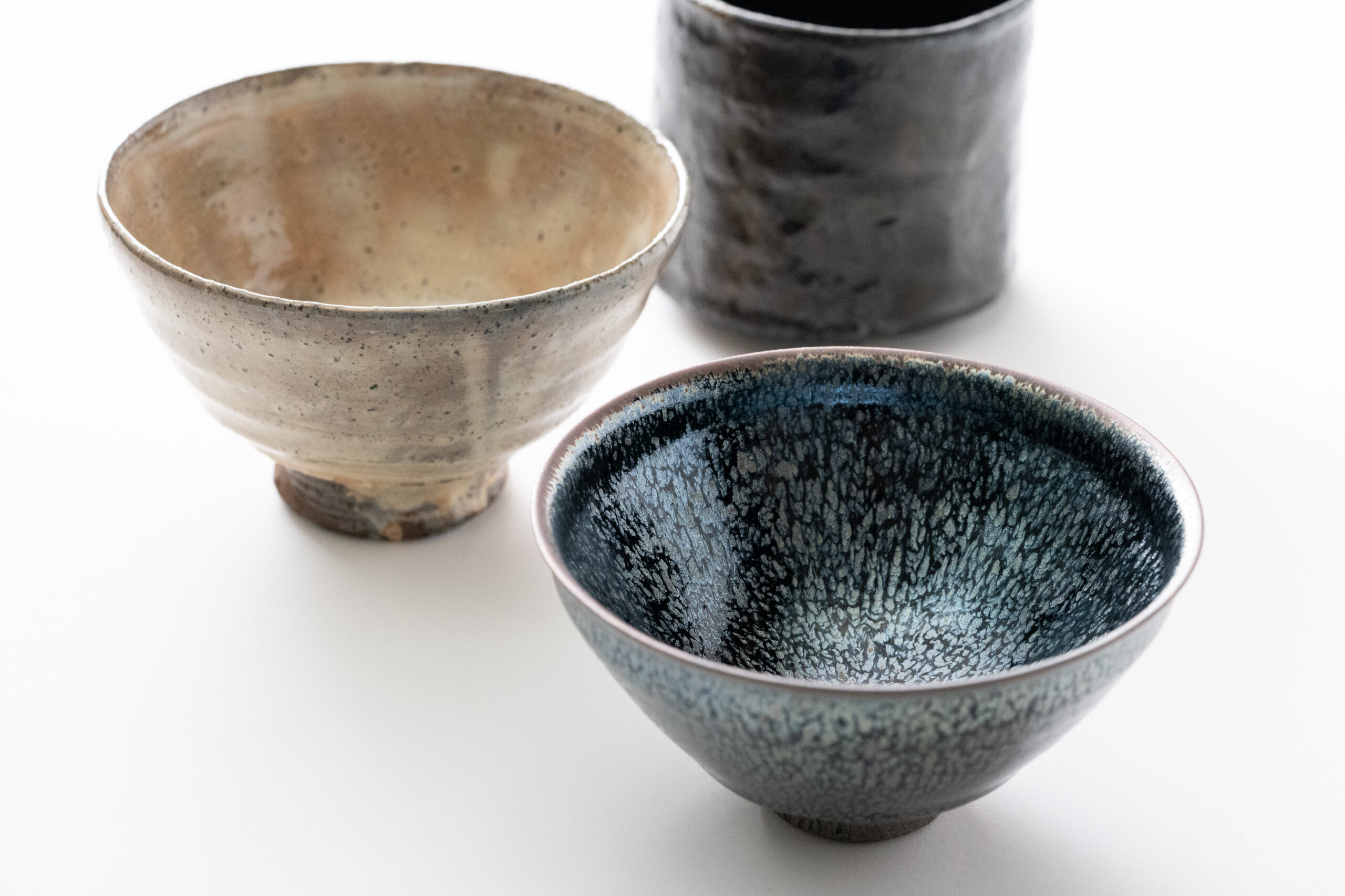
VOL.1-3
Update

VOL.1
Update
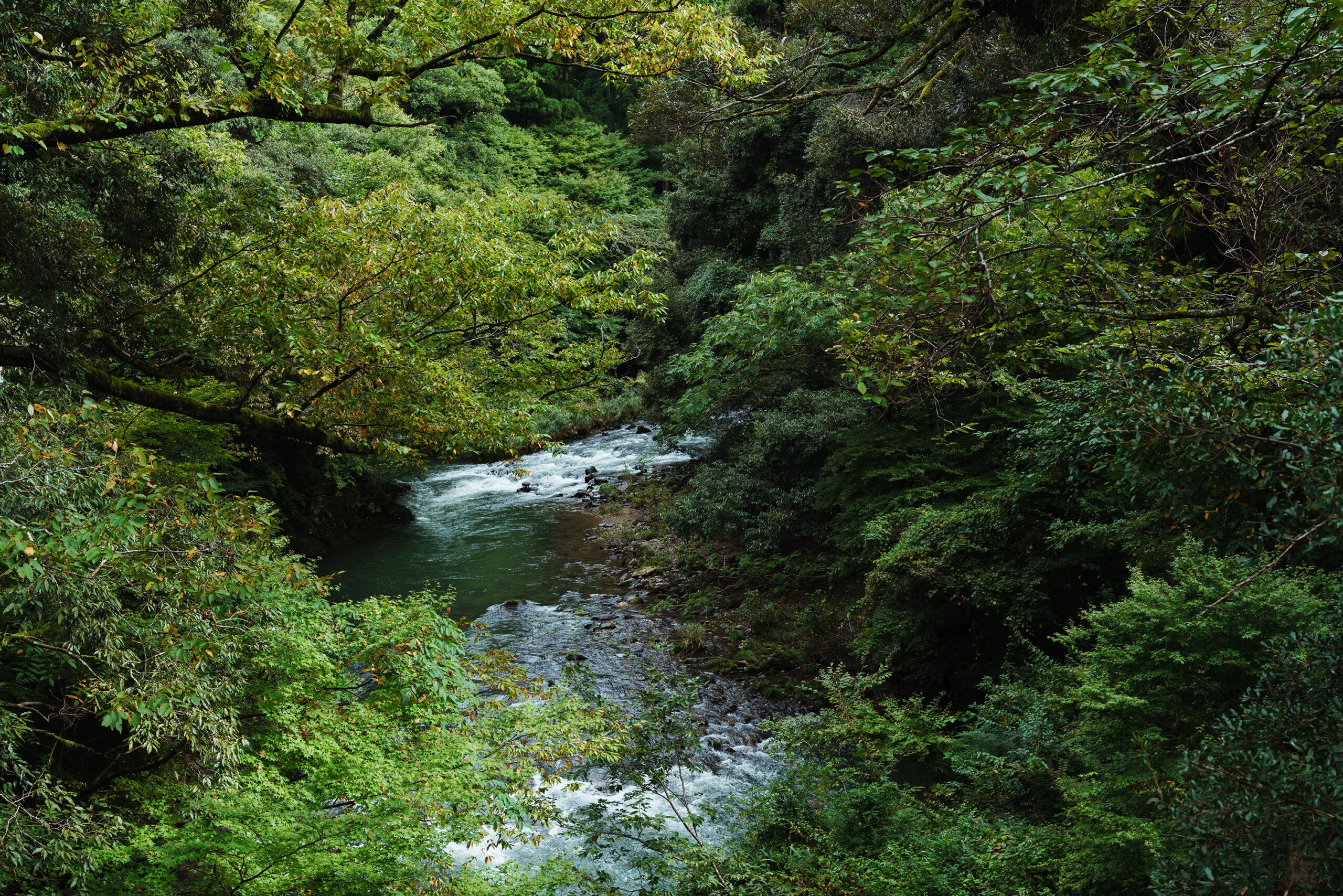
VOL.1-7
Update
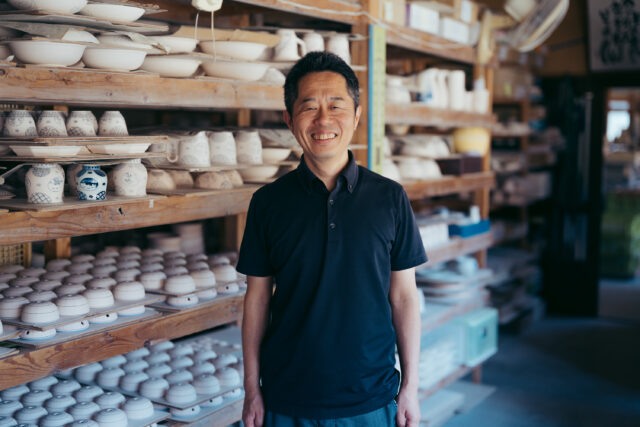
VOL.1-32
Update
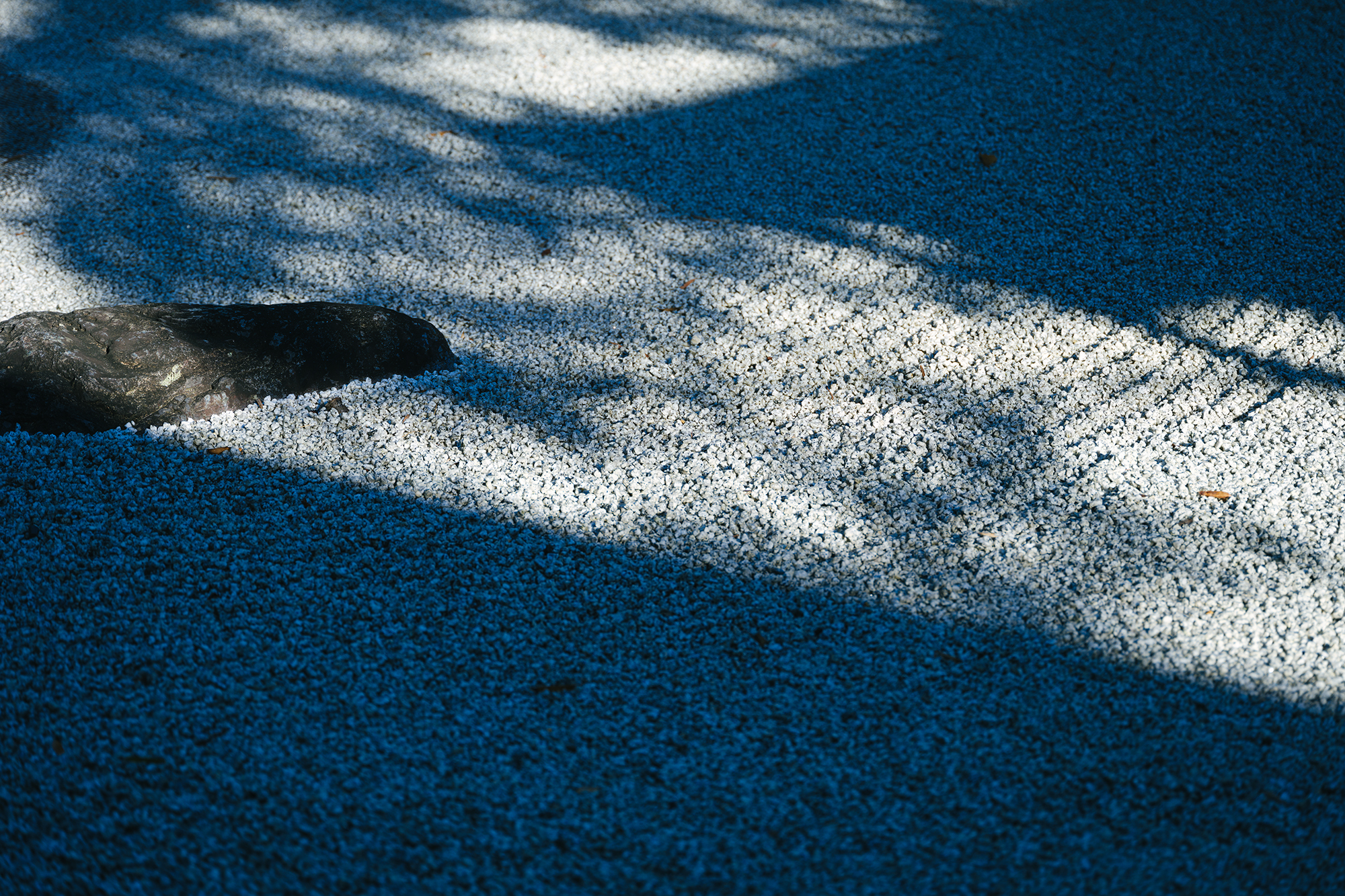
VOL.1-12
Update
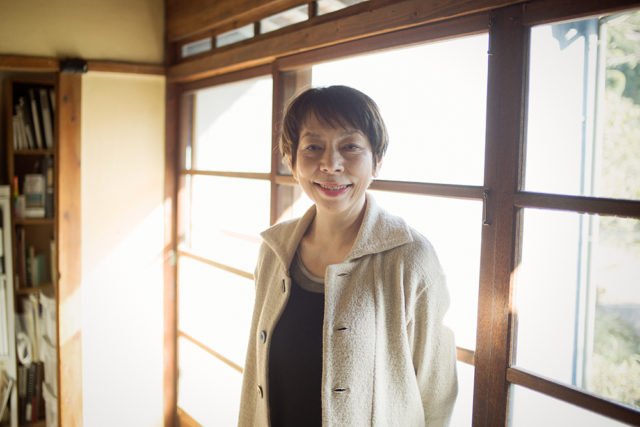
VOL.1
Update
We share a variety of information and perspectives on Japanese crafts, including exhibition information and interviews.
New Products VOL.19
Exhibition • Event Report VOL.27 AD
New Products VOL.18
Editor's Column "Craft Production Regions" VOL.4 AD
Jun 29 – Sep 7, 2025
Midorigaoka Art Museum Annex
Jul 12 – Aug 24, 2025
MIHO MUSEUM
Jul 12 – Sep 28, 2025
Bizen City Museum of Art
Ishikawa
Jul 12 – Oct 19, 2025
Notojima Glass Art Museum

In the Western context, in contrast to the emphasis on impermanence in Japan, the concept of “eternity” has long been revered. In the West, God is considered eternal, and because of that, humans aspire to an everlasting existence. The mummy is one symbol of this, believed to have been created because of humanity’s yearning for eternal life. Japan, on the other hand, with its frequent natural disasters like earthquakes and typhoons, has a consciousness that recognizes the impermanence of all things. Rather than aspiring to eternity, there is a continual pursuit of finding meaning in transient things and appreciating the fleeting nature of existence.
In Kyoto, for example, the idea of “continuing to change in order to stay the same” serves to preserve the beautiful cityscape and unique culture. While this phrase is said to have been coined originally by Darwin, the evolutionary theorist, it reflects the idea that even Kyoto’s landscape and architecture, which at first glance appear unchanged over the years, are constantly being meticulously cared for and restored, and are being updated daily to be the most beautiful they can be at any given time. The aim is to ensure that these elements are continually renewed to be at their most beautiful, embracing the impermanence of things.
People tend to think that as their lives becomes more affluent, they can go about their days without facing any inconvenience. However, it doesn’t always work out that way. Unfortunate events occur just as much today as in the past, and each time, it can feel like our path is blocked. With all of our advances in science, who could have imagined that a single virus could throw the world into chaos and restrict the movement of people around the world? In addition to such epidemics, natural disasters are said to be increasing year by year due to climate change, and we cannot help but feel the transient nature of many things that happen in our lives.
In Japan, the ever-present nature can sometimes become a threat, leading us to experience numerous challenges. Even if one lives a life of luxury and splendor, the time will come to lead a simple life, and even if one pursues status and honor, those become unreliable in the face of Mother Nature. This mujo-kan, this view of impermanence, that life is fleeting and transient, has been a source of support for many Japanese people in the face of nature’s profound changes, fostering a daily attitude of modesty and humility.
It is said that falling cherry blossoms are symbols of the beauty of impermanence, and that it is quintessentially Japanese to be able to feel emotionally connected to and appreciate the beauty of cherry blossoms even when they have passed their full bloom. Japanese people also see beauty in the waxing and waning of the moon, which can be seen as another expression of this view of impermanence.
Crafts are handmade using natural materials, and the fact that they change over time and vary from one piece to another makes them inseparable from this view of impermanence. In today’s modern world, some may recoil from the idea of a ceramic piece breaking, but ceramics are fundamentally made from materials like stone and clay, and are thus inherently prone to breakage. It is precisely because of its impermanence that one can deepen their affection for such a special possession, through careful maintenance and continued use.
Rather than wishing for things to remain unchanged, an ability to appreciate the beauty of subtle changes represents a perspective rooted in the aesthetic consciousness of impermanence. Change, by its nature, can bring both positive and negative moments. Like observing the flow of a river, it involves perceiving things in their actual current state, whether it be a rainy day or a sunny one. This perspective, relevant not only in Japan but for many people worldwide, represents an essential aesthetic needed to navigate the tumultuous changes in the future ahead.
